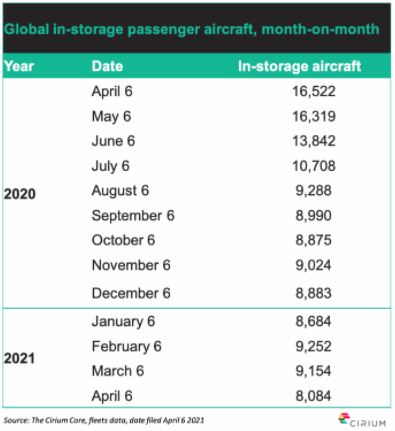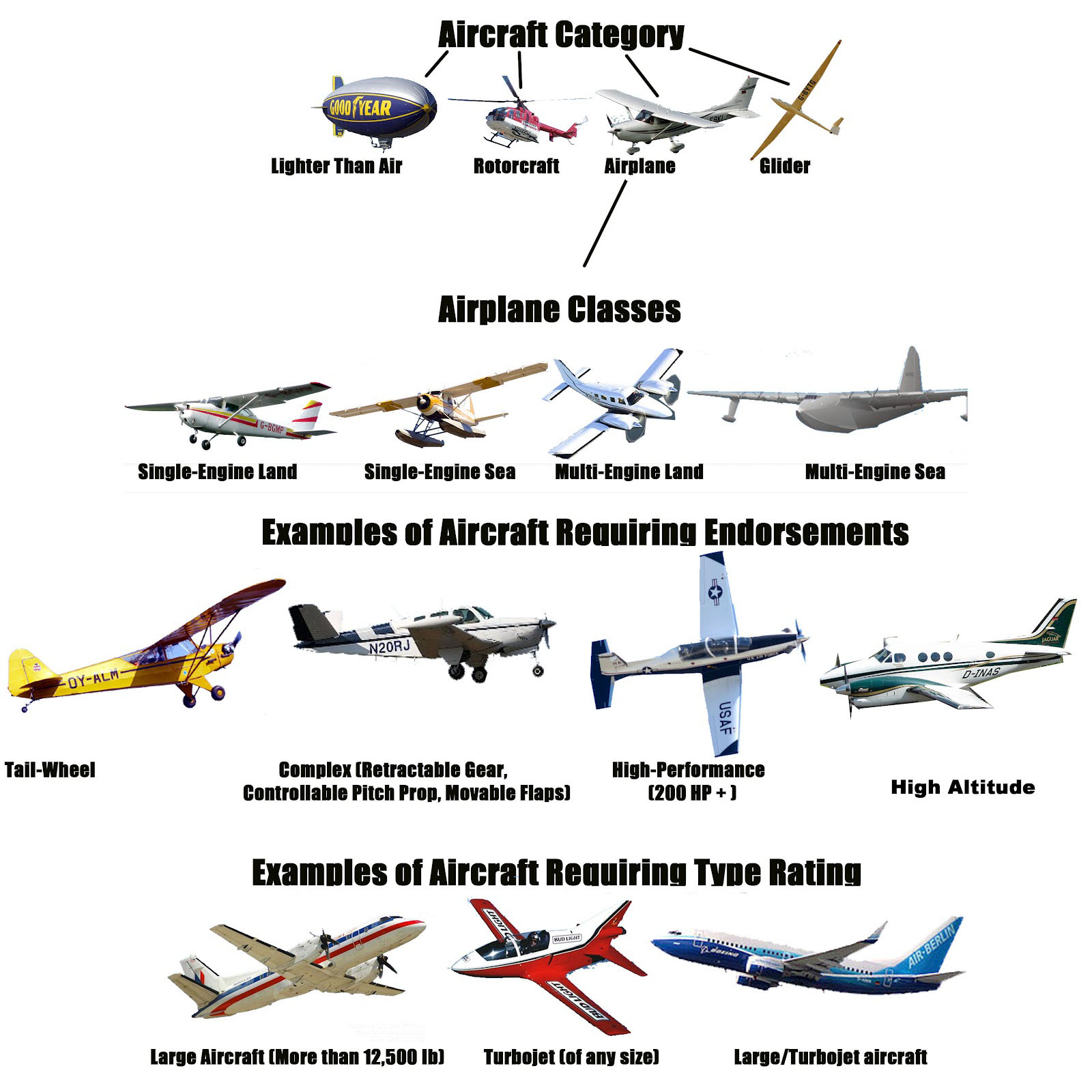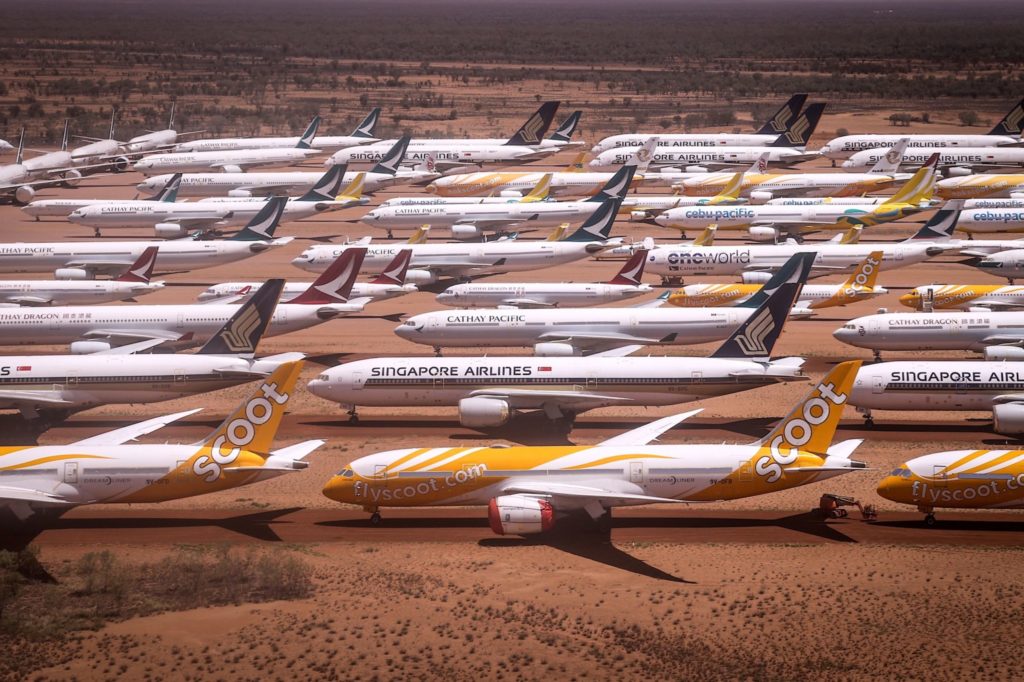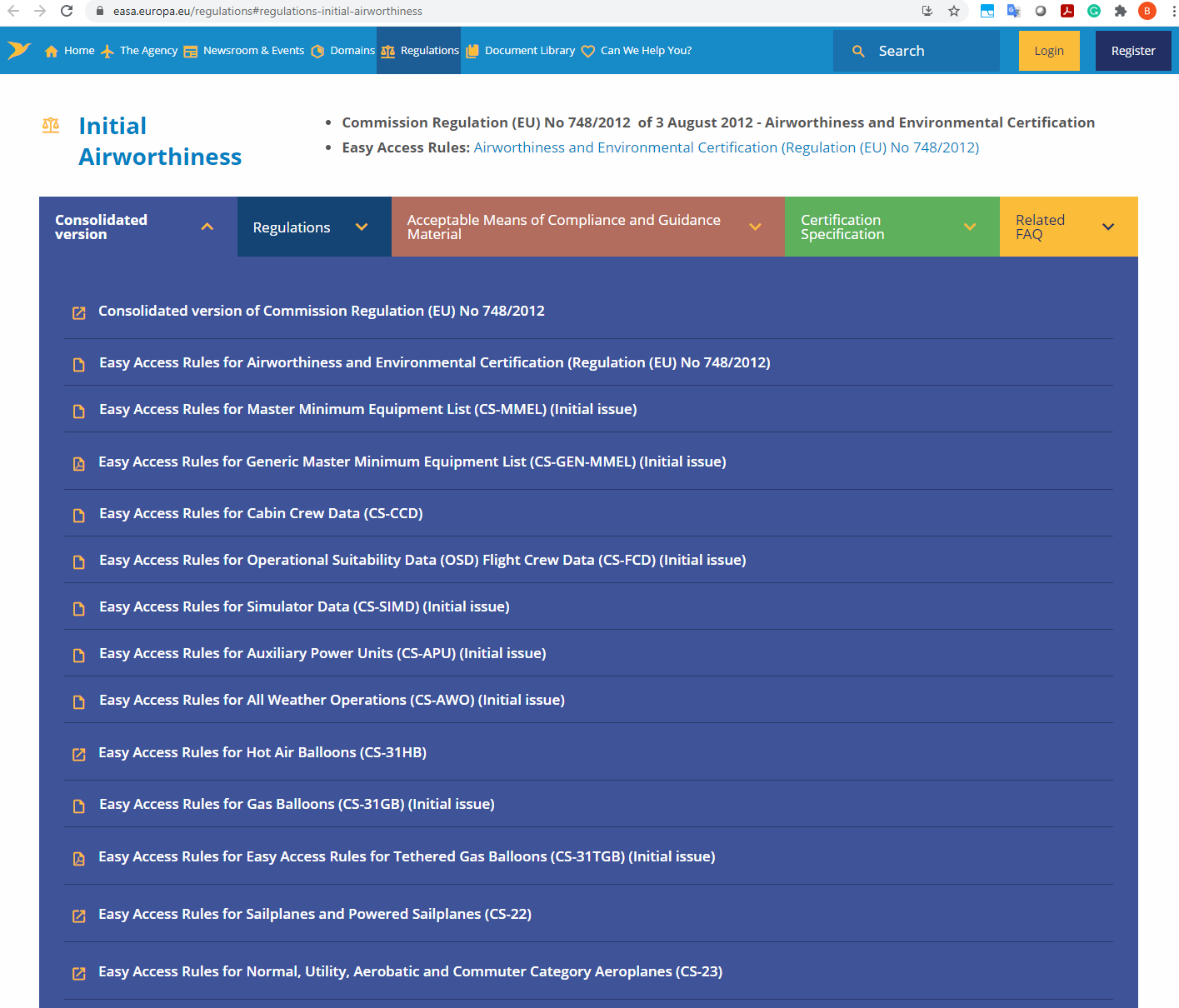Leeham News and Analysis
There's more to real news than a news release.
Bjorn’s Corner: The challenges of airliner development. Part 4. How safe is safe?
May 21, 2021, ©. Leeham News: After giving an overview of the types of certification rules last week we now describe why the rules can vary so much between projects.
We cover some general concepts around acceptable levels of safety that influence how the regulations get applied to specific projects.
Global airline recovery is patchy, driven by domestic traffic
Subscription Required
By Judson Rollins
Introduction
May 20, 2021, © Leeham News: Despite widespread hope, the global passenger travel recovery many expected in 2021 has proven elusive to date. Airline industry advocate International Air Transport Association (IATA) said that March global passenger traffic was still down more than two-thirds from 2019.
First-quarter airline earnings in most parts of the world have been lackluster or worse as borders remain closed and business travel continues to be deeply depressed, even within the few countries where vaccine rollouts have made the greatest progress. And jet fuel prices have rebounded to nearly where they were before the pandemic.
Traffic volumes are rapidly growing in the US and Chinese domestic markets, but US carriers are reporting average yields 20%-30% below pre-COVID levels. Chinese carriers don’t provide any visibility into their yields. Forward booking data from IATA shows the domestic-international divergence will only widen in the coming months.
Air cargo continues to cushion the fall in passenger revenue at many airlines, but to nowhere near the extent necessary to fully offset it.
Summary
- International travel continues to weigh on airline earnings globally.
- US carriers are optimistic about the strength of leisure recovery, less so on business.
- Asia and Australasia remain largely isolated due to strict border controls.
- EU internal borders are slowly reopening; vaccinated travelers likely to be admitted soon.
- Cargo provides a revenue offset to some regions, but not all.
Update (2): Boeing rehires aircraft inspectors
By Bryan Corliss
May 18, 2021 © Leeham News — The Boeing Co. has quietly recalled at least some of as many as 900 quality control inspectors who were laid off in 2019 as part of a drive to adopt car-industry manufacturing processes in aerospace manufacturing.
The move comes after the union for the inspectors – Machinists District Lodge 751 – pushed the company to prove that getting rid of inspectors could be done without risking quality issues and would actually improve production times.
“Our union’s goal is to save Boeing from making decisions that could be detrimental to (its) future and ours,” union leaders said in its monthly AeroMechanic newsletter. “A second set of eyes is a critical component of building Boeing airplanes and necessary for the long-term success of the company.”
A union spokeswoman said she was unable to say precisely how many of the inspectors were initially laid off, and how many have been brought back since the recalls started. Boeing’s media relations team did not respond to a written list of questions on the topic.
Updated: Boeing provided a written statement that said, in part, that there has been “no reduction in quality staffing related to changes in our inspection approach,” despite reports in 2019 that a new approach to quality control would lead to far fewer human inspections, and inspectors.
Update 2, May 24: Boeing provided additional information today about the reported layoffs of verification inspectors, first reported by The Seattle Times in 2019.
Boeing acknowledged that a former Boeing executive told The Times then that up to 900 inspectors could be laid off that year. It was this 2019 report that formed the basis of LNA’s introductory paragraph.
However, in response to a specific question by LNA, today Boeing said there were no cuts in quality inspectors in 2019.
There were layoffs in 2020, following the eruption of the COVID-19 global pandemic, which occurred during the extended grounding of the 737 MAX. Boeing declined to specify the number.
“We don’t provide details about employment in specific teams,” a spokesman wrote in an email to LNA. “As we’ve said throughout the past year, due to the pandemic’s impact on commercial aviation, we reduced production rates for some of our commercial programs, and our factory employment is directly related to production work statement.”
The SpaceJet impact on MHI’s finances
Subscription Required
By Vincent Valery
Introduction
May 17, 2021, © Leeham News: Mitsubishi Heavy Industries (MHI) officially launched the Mitsubishi Regional Jet (MRJ) program on March 28, 2008, at the end of its 2007 fiscal year. The Japanese industrial conglomerate envisioned the maiden delivery in 2013.
Fast forward 13 years, and the now-called SpaceJet development has been “paused” indefinitely. Most believe MHI effectively canceled the program. There is a possibility MHI might never bring the SpaceJet into passenger service.
LNA investigated MHI’s financial statements since 2005 and annual reports since 2007 to understand the impact of the program on the Group. This article takes a deep dive into the sequence of events, from launch to the COVID-19 pandemic, that led to the current state of affairs for the SpaceJet program.
Summary
- Becoming an OEM at the peak of the commercial aviation cycle;
- Repeatedly shifting program timelines;
- Solid MHI balance sheet funds project;
- COVID-19 pandemic tips balance after significant investments;
- A SpaceJet in limbo.
Bjorn’s Corner: The challenges of airliner development. Part 3. Certification rules overview.
May 14, 2021, ©. Leeham News: The certification rules for different aeronautical vehicles are specific for each airworthiness jurisdiction. It means each country has its own rules for all the categories we listed in the last article. However, with the support of the International Civil Aviation Organization (ICAO), there is harmonization in many areas, especially around airport and airline operations. For airworthiness rules, most originated from dominant jurisdictions like the US FAA, whose rules have inspired the Canadian and European rules as well as many others.
As new technologies come to market, or new safety information is learned through testing, accidents, and incidents, the major regulatory agencies of the world constantly adapt with some rules harmonizing across jurisdictions and other rules diverging in different directions. It is an ever-evolving regulatory landscape that supports some of the safest transportation in the world, but it comes at a cost for companies as what was done in the past cannot always be expected to be accepted in the future, and the more global your desired market the more rules you need to understand and the more constraints your design will need to satisfy.
2021 fleet trends: small jets get bigger, bigger jets get smaller – and the old makes way for the new
Subscription Required
By Judson Rollins
Introduction
May 13, 2021, © Leeham News: Aviation data provider Cirium said last week that just under 7,850 commercial aircraft were still in storage, down from 8,684 at the beginning of the year and a peak of 16,522 at the apex of the COVID-19 crisis last April.
Although there was an initial spike in aircraft retirements in March and April 2020, the total number has stayed in line with historical norms to date. However, order books for most types have stagnated or even gone backward since the start of the pandemic.
A few trends are becoming clear: larger single-aisles are thriving, larger twin-aisles are disappearing, and sub-100-seat orders are flatlining. Not surprisingly, older-generation aircraft are disappearing at an accelerated rate.
Summary
- Airlines are upgauging their single-aisle orders in anticipation of lower yields and competitive battles.
- Widebody order books continue to struggle; the bigger the airplane, the worse the demand.
- Regional jet and turboprop order backlogs have stagnated.
HOTR: Airbus’ view on recovery from COVID; why Southwest stayed with MAX 7
By the Leeham News staff
May 11, 2021, © Leeham News: Domestic traffic throughout the world is returning to 2019 levels, but at different rates, according to an Airbus analysis.
Robert Lange, Head of Business Analysis and Market Forecast, said today that the fragmented cross-border travel regulations and uneven vaccinations continue to inhibit passenger traffic recovery from the COVID-19 pandemic.








